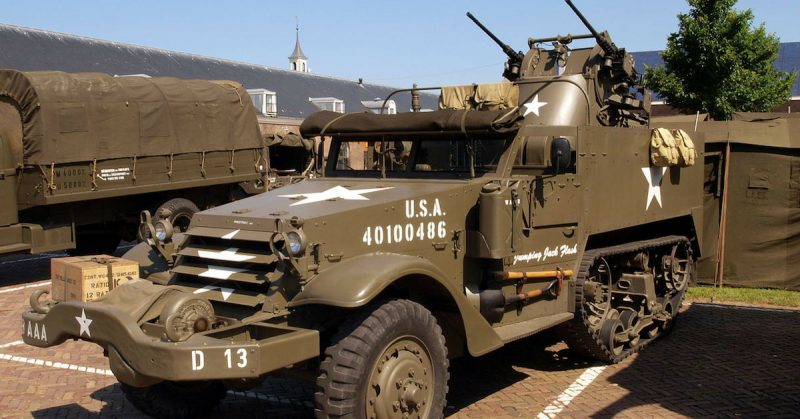With aerial attacks a vital part of the war, designs were sought for a fast-moving anti-aircraft weapon to protect other vehicles.
During the Second World War, self-propelled artillery played a vital role in bringing heavy firepower to bear, with greater mobility than drawn artillery and at a lower cost than building tanks. The United States fielded a wide range of self-propelled guns.
M3 Gun Motor Carriage
In June 1941, American engineers were given the task of mounting a 75 mm field gun on a half-track carriage to provide a mobile weapon for tank destroyer battalions. The war in Europe was well underway and while America was still at peace, it was clear that tanks would be critical for any future war.
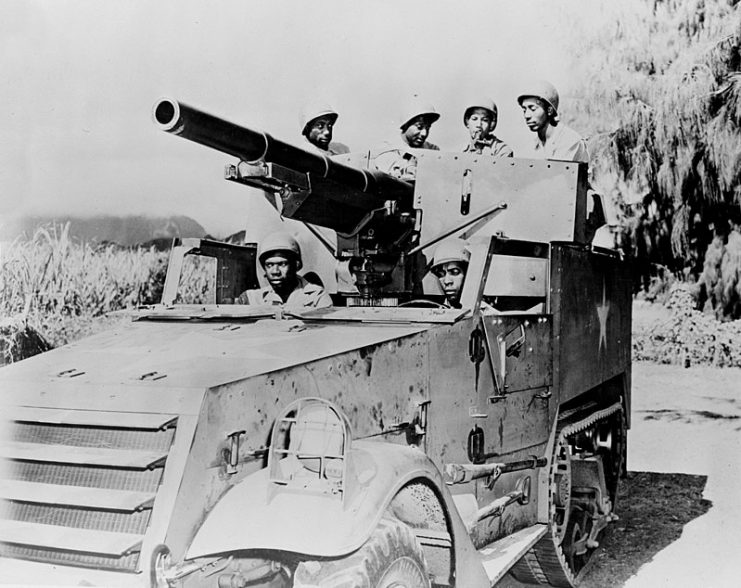
The result was a gun fitted on a pedestal mount in the cargo space of a half-track. It fired forward over the cab and was protected by a metal shield.
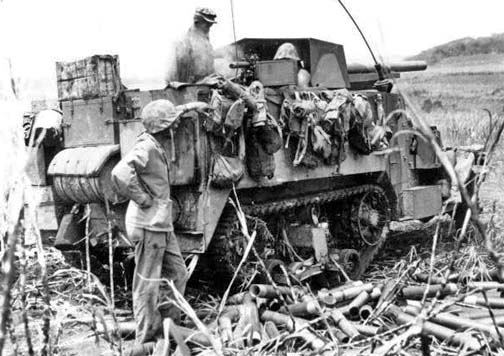
The first American self-propelled gun to fight in the war–the M3–proved effective during the fall of the Philippines, but it was much less successful against the Germans in North Africa since the gun design was over 40 years old and not up to penetrating modern armor. The M3 was retired in 1944.
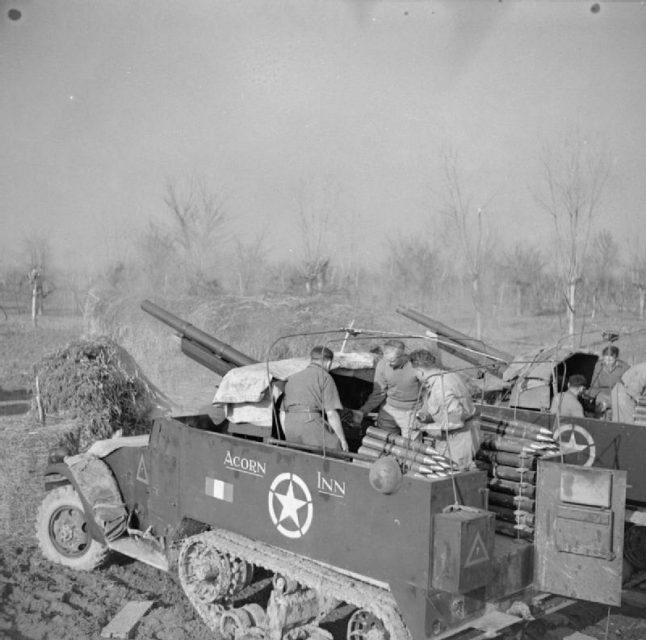
M6 Gun Motor Carriage
Combining existing guns and vehicles was a quick and cost-effective way of creating self-propelled artillery, and was therefore appealing early in the war. Another result of this approach was the M6, which combined a 37mm anti-tank gun with a Dodge ¾-ton weapons carrier.
Unfortunately, the 37 mm gun was already out of date, and was only able to penetrate the armor of increasingly rare light tanks, while the Dodge truck body offered too little protection. Of over 5,000 M6s produced, all but 100 were dismantled by late 1943, with the trucks returning to cargo work.
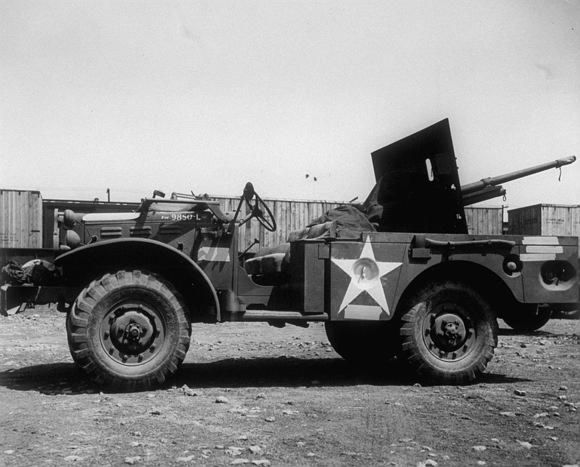
M7 Howitzer Motor Carriage (Priest)
A far more effective weapon, the M7 consisted of a 105 mm howitzer mounted in a raised super-structure on the chassis of an M3 medium tank. An anti-aircraft gun mount on the front right of the vehicle gave it extra defensive firepower.
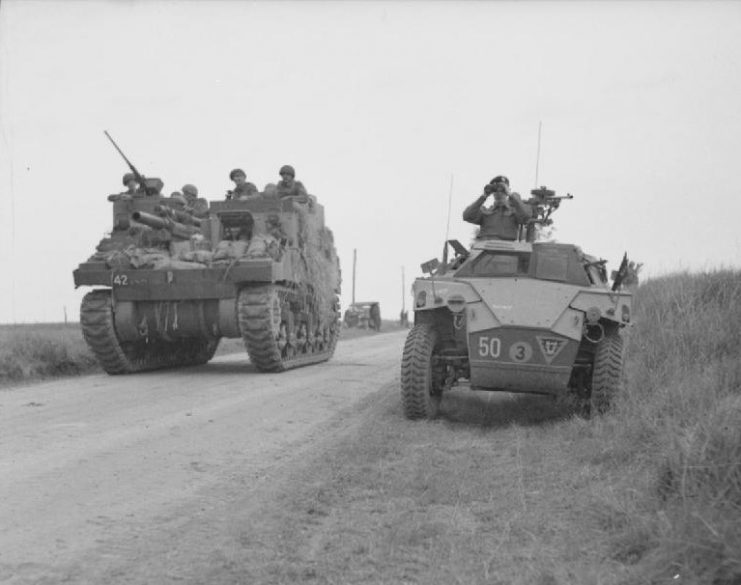
Three thousand four hundred and ninety M7s were produced over the course of the war and they saw extensive service. Their pulpit-like structure earned them the nickname “Priest” from British troops. Variants of the M7 were later used in Korea.
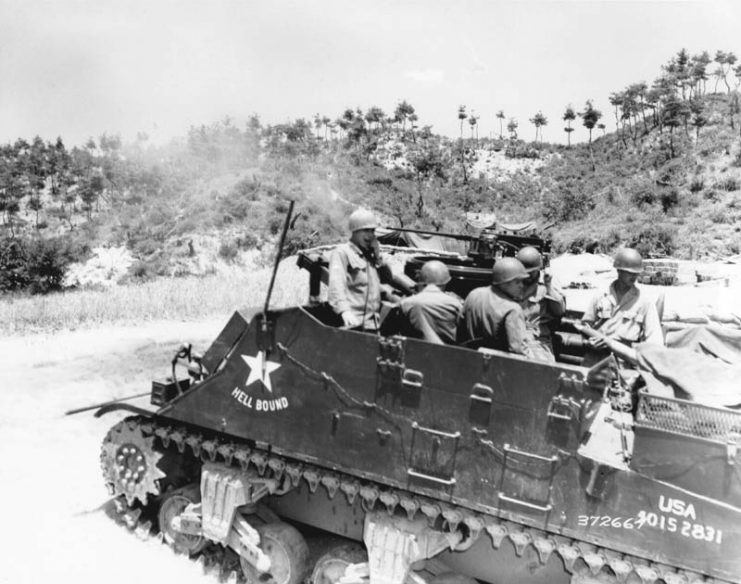
M8 Howitzer Motor Carriage
Designed for close support of medium tank formations, the M8 was created in 1942 by installing a 75 mm field howitzer on the body of an M5 tank. Early versions used a similar superstructure to the M7 before this was replaced by a turret for better defense and easier production.
The M8 had poor internal ammunition capacity so it had a towing hook for an ammunition trailer.
One thousand seven hundred and seventy-eight M8s were built and were used in Europe and the Pacific.
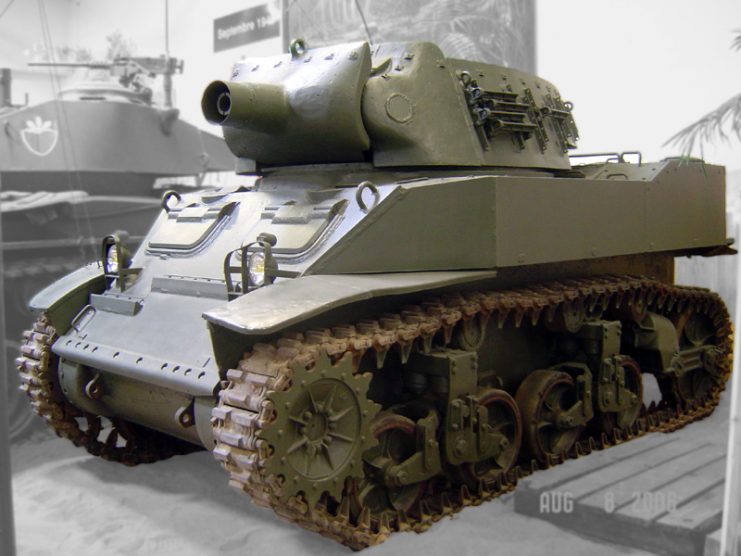
M10 Gun Motor Carriage
Early in the war American tacticians recommended the creation of a specialist anti-tank force to take on enemy armor and free up American tanks to exploit breakthroughs. A mobile vehicle with a powerful gun was needed for this work, and following the failure of the M9 design, the Tank Destroyer Board instead commissioned the M10.
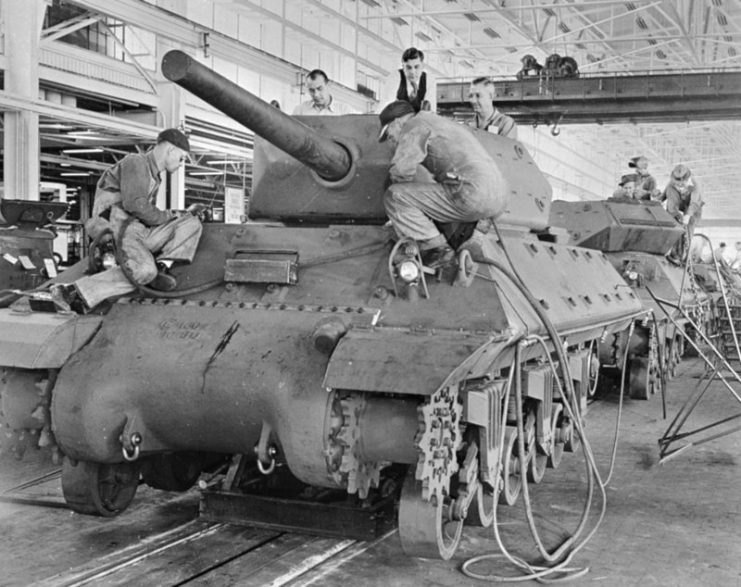
Standardized in June 1942, the M10 had sloping armor, a 3-inch gun, and a turret with a 360° firing arc. Additionally, counterweights at the rear of the turret balanced the gun and created a distinctive shape.
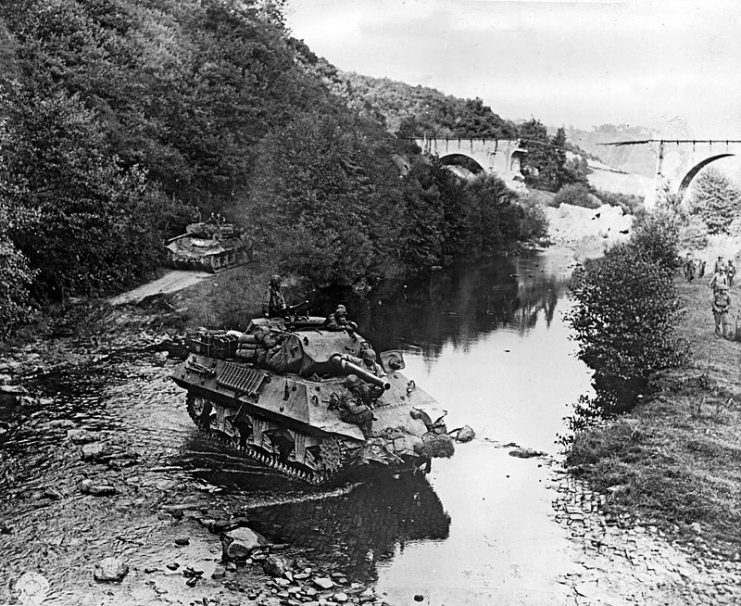
The M10 was used by both the Americans and the British, who called it the Achilles.
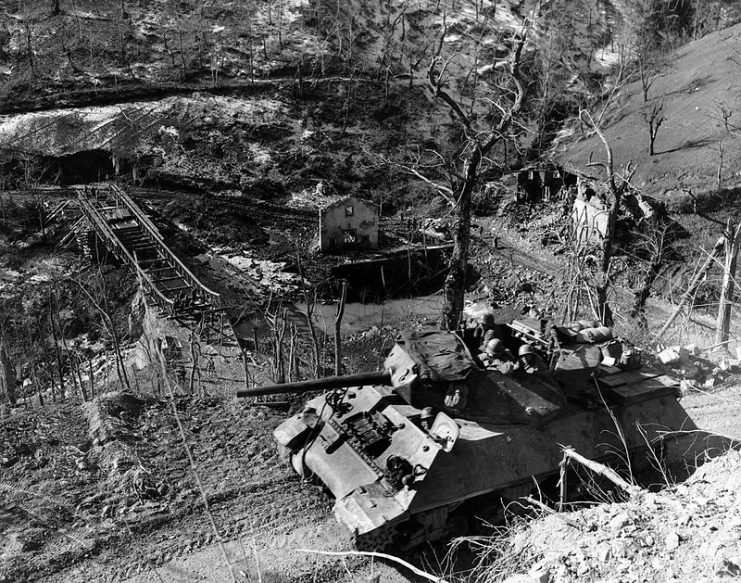
M12 Gun Motor Carriage
The M12 was made from an M3 tank chassis with the engine moved forward and a powerful 155 mm gun fitted to the rear. A spade like a bulldozer blade at the rear could be sunk into the ground for stability while firing and it was also accompanied by a cargo carrier.
A hundred of these vehicles were completed in early 1943, but no-one knew what to do with them. Seventy-four were dug out of storage at the end of 1943 for the planned invasion of Europe, where they proved valuable medium artillery support for fast-moving armor.
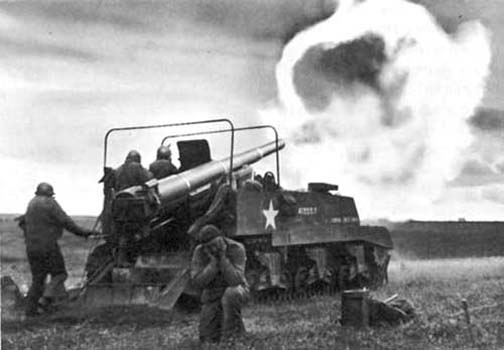
M13 Multiple Gun Motor Carriage
With aerial attacks a vital part of the war, designs were sought for a fast-moving anti-aircraft weapon to protect other vehicles. The first substantial result was the M13 which carried two .50 caliber Browning heavy machine guns on a mounting at the back of a half-track. The vehicle’s engine was used to power the mounting.

The M13 was standardized in September 1942, but work continued to create a more sophisticated version.
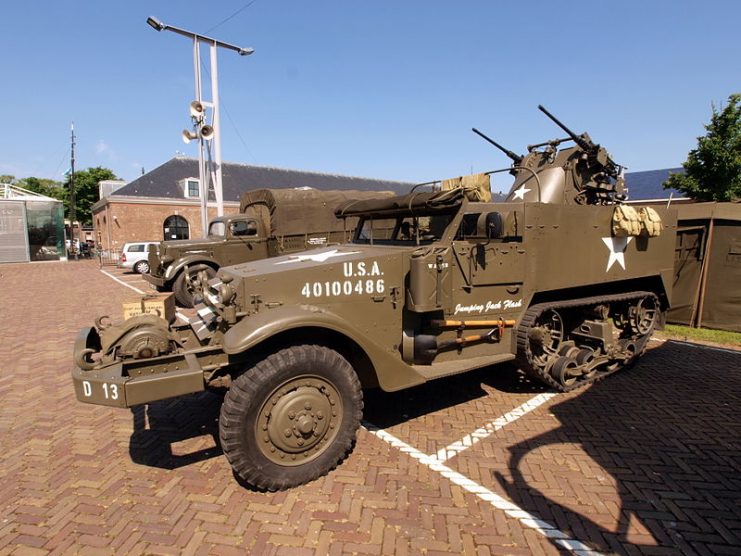
M16 Multiple Gun Motor Carriage
Of the various improvements to the M13, the M16 was the most successful. It used the same components but carried four machine guns instead of two. It became the standard US vehicle in this role and continued to serve into the Korean War where it was used for infantry ground support as well as anti-aircraft work.
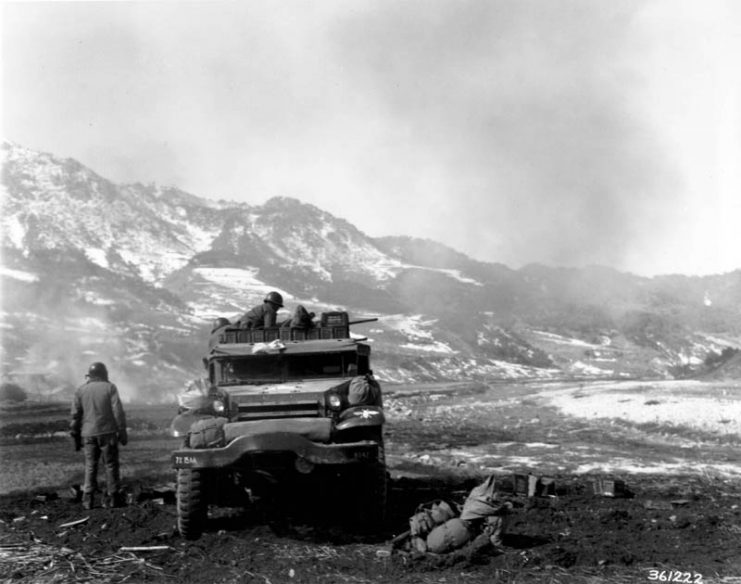
M18 Gun Motor Carriage (Hellcat)
The M18 emerged from a messy design process to create a tank destroyer, during which the US General Staff repeatedly changed their specifications, sometimes on the advice of the Ordnance Department. The eventual result was a demand for a 76 mm gun in an open-topped rotating turret to be mounted on a chassis using tracks and Buick’s new torsion-bar suspension system.
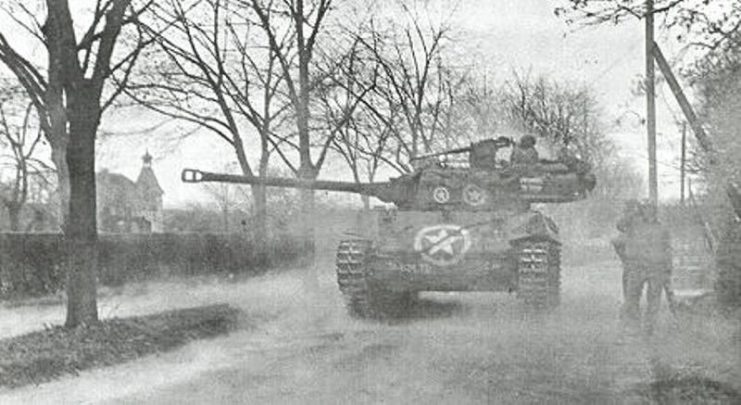
By the time the commissioning process was complete, the need to get the weapon into the field outstripped the need for cautious development, and the vehicles were ordered without first constructing a pilot vehicle.
The M18 never lived up to its optimistic nickname, the Hellcat. Used in Europe in the final year of the war, it lacked the punch to seriously threaten German tanks. In the post-war period they were donated to other countries as military aid, and some even saw service into the 1980s.
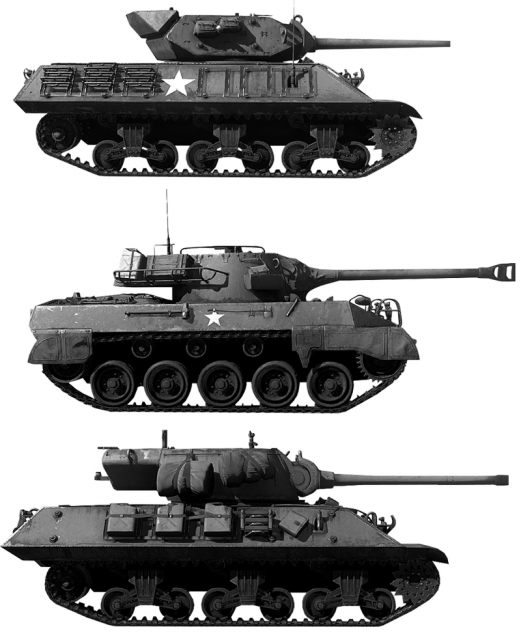
M36 Gun Motor Carriage
Early in the war the Germans realized the need for heavier firepower against tanks, prompting them to turn 88 mm anti-aircraft guns into a field weapon. As tank armor became tougher, the Americans learned the same lesson and decided to turn 90 mm anti-aircraft guns into anti-tank weapons. Combined with a new turret from the Ford Motor Company and an M10A1 chassis, this became the M36.
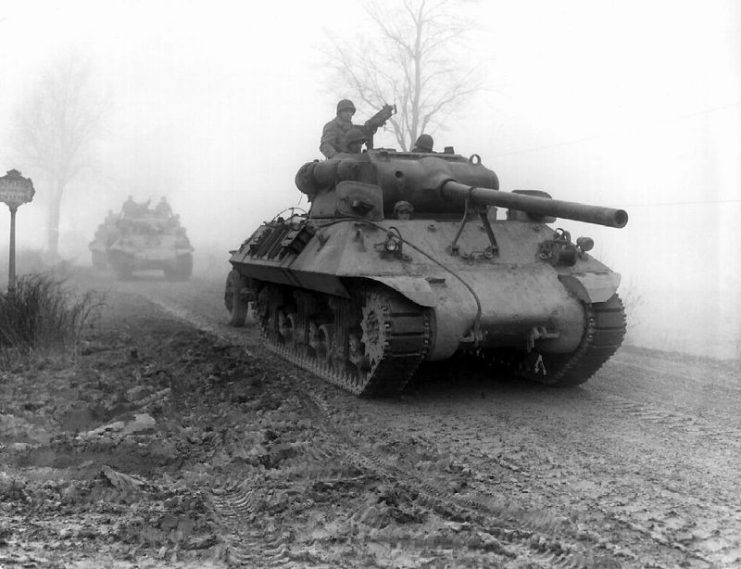
Read another story from us: 12 Impressive German Self-Propelled Guns of WW2
Five hundred M36s were built by the end of 1944 and proved invaluable in Europe, as they were the only American vehicle with the firepower to take out Tiger and Panther tanks. Hundreds more were hastily commissioned, using whatever suitable chassis could be obtained.
M36s continued in service during the Cold War, including in the Korean War and they were also distributed as military aid.
